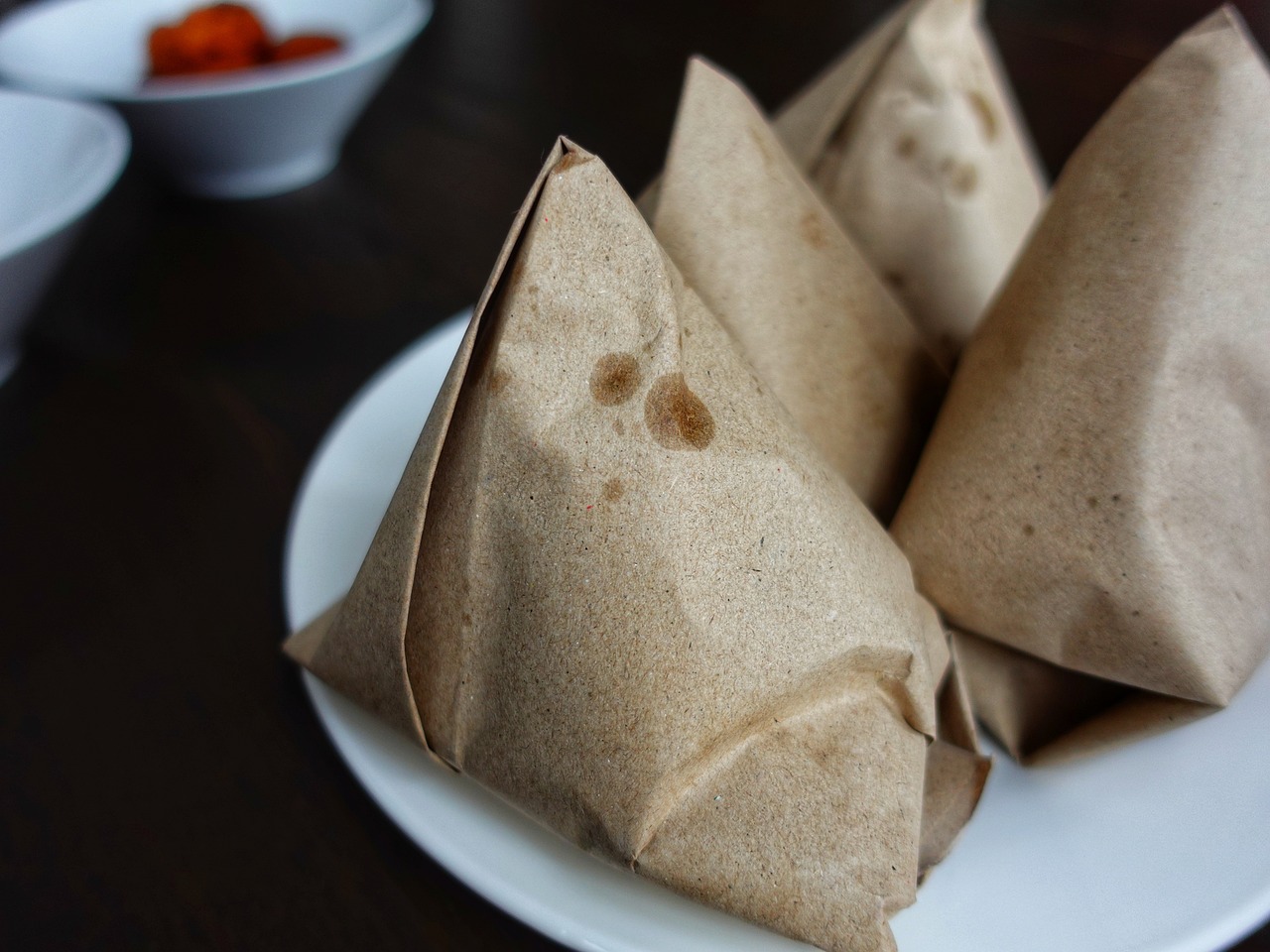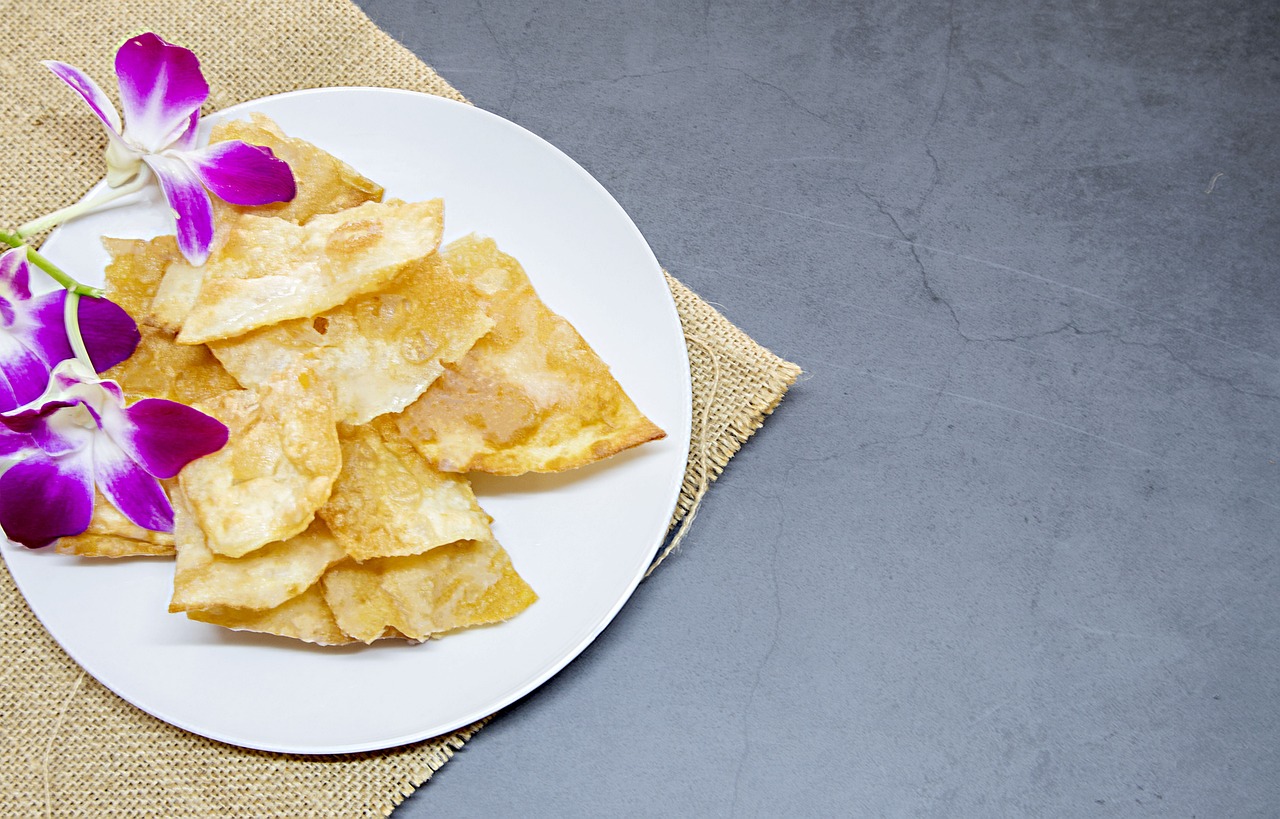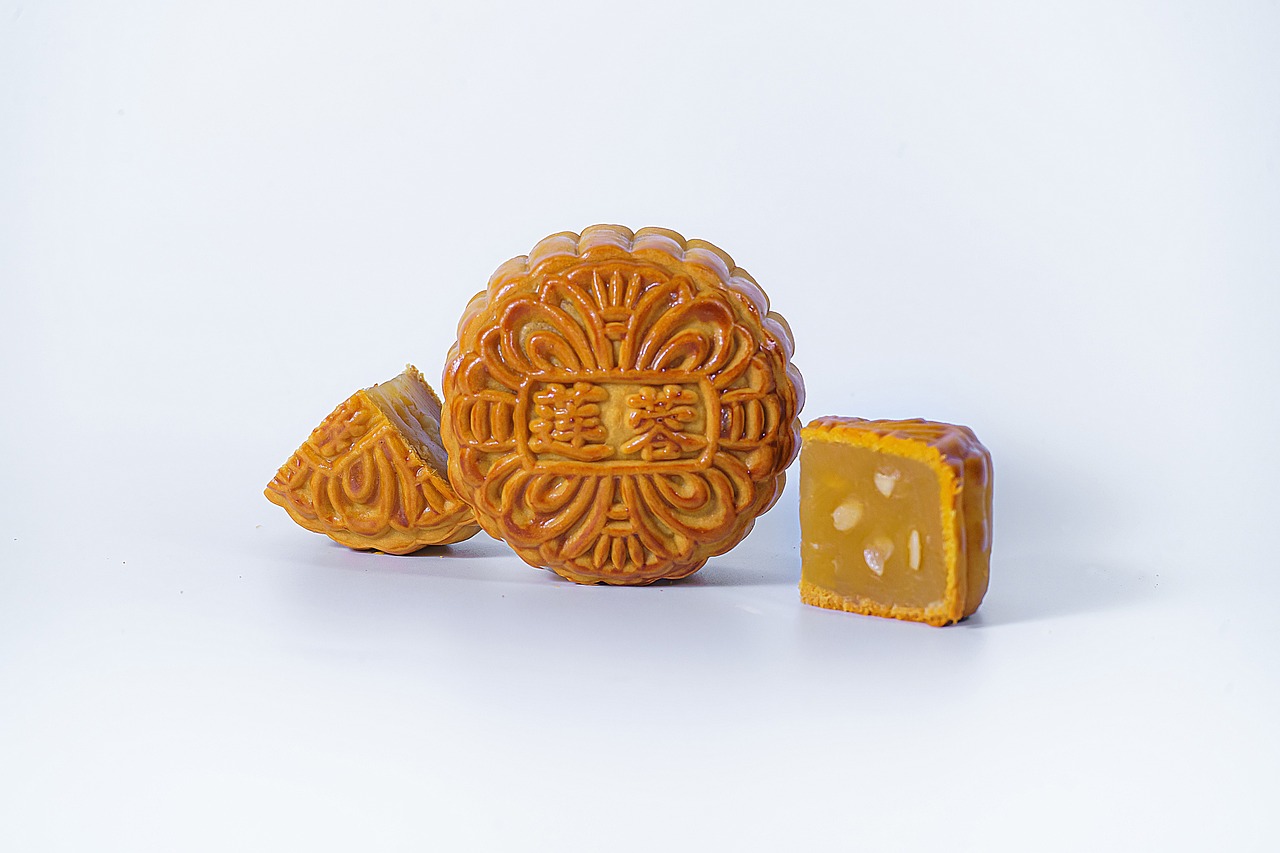Malaysian Roti Canai: Flaky and Delicious Flatbread

Exploring the popular Malaysian dish known for its flaky texture and delicious taste, Roti Canai is a versatile flatbread enjoyed with various accompaniments. Originating from Indian Muslim immigrants, this unique fusion dish has become a staple in Malaysian cuisine, offering a delightful culinary experience.
When it comes to Roti Canai, the key lies in its preparation. The dough is meticulously stretched and folded to create those irresistible flaky layers, making each bite a delightful experience. This traditional technique, often seen in bustling street food stalls, adds to the charm and authenticity of this beloved dish.
One of the most exciting aspects of Roti Canai is its versatility. From regional variations to modern twists, the possibilities are endless. Imagine indulging in a savory version filled with egg, cheese, or meat, or satisfying your sweet tooth with a variant drizzled in condensed milk or adorned with slices of ripe bananas. Each variation offers a unique flavor profile, catering to diverse preferences.
More than just a dish, Roti Canai holds significant cultural importance in Malaysia. It serves as a symbol of unity and diversity, reflecting the country's rich heritage and culinary diversity. Every bite not only tantalizes the taste buds but also tells a story of shared traditions and multicultural influences, making it a cherished part of Malaysian identity.
Origin of Roti Canai
Roti Canai, the beloved Malaysian flatbread, has a fascinating origin story that dates back to the Indian Muslim immigrants who settled in Malaysia. These immigrants brought with them their culinary traditions, resulting in the creation of Roti Canai, a delightful fusion dish that has become an integral part of Malaysian cuisine.
The preparation of Roti Canai involves a unique technique of stretching and folding the dough to create its signature flaky layers. This process requires skill and precision, making Roti Canai not just a delicious dish but also a true art form. The dough is typically made with flour, water, milk, and ghee, giving it a rich and buttery flavor.
As Roti Canai gained popularity, it became a staple street food across Malaysia, enjoyed by people of all ages. The sight of Roti Canai being skillfully flipped and cooked on a flat griddle is a common one in Malaysian markets and food stalls, enticing passersby with its enticing aroma.
The versatility of Roti Canai is another reason for its widespread popularity. While the traditional version is simply served with curry or dal, there are numerous variations of Roti Canai that cater to different tastes. Some variations include adding fillings such as egg, cheese, or meat, elevating the dish to a whole new level of indulgence.
Roti Canai has not only become a favorite comfort food for many Malaysians but also holds cultural significance in the country. It symbolizes the unity and diversity of Malaysia, bringing together various culinary influences to create a dish that is uniquely Malaysian. Roti Canai is more than just a meal; it is a representation of Malaysia's rich heritage and multicultural identity.
Ingredients and Preparation
When it comes to the delightful Malaysian Roti Canai, the magic lies in the careful selection of ingredients and the meticulous preparation process. The key components that contribute to the unique taste and texture of Roti Canai include:
- Flour: The foundation of Roti Canai is a simple mixture of flour, water, and a pinch of salt. The type of flour used can vary, with some recipes calling for a combination of all-purpose flour and wheat flour to achieve the perfect balance of tenderness and elasticity.
- Butter or Ghee: Adding richness and flavor, butter or ghee is incorporated into the dough, enhancing the overall taste of the flatbread.
- Condensed Milk: A touch of sweetness in the dough can elevate the flavor profile of Roti Canai, making it a versatile bread that can be enjoyed with both savory and sweet accompaniments.
- Water: The amount of water used in the dough is crucial in achieving the desired consistency for stretching and folding, leading to the formation of those coveted flaky layers.
The preparation of Roti Canai is an art form in itself, requiring skill and precision to create the perfect balance of crispy exterior and soft interior. The process typically involves:
- Mixing the Dough: Combining the flour, butter or ghee, condensed milk, salt, and water to form a smooth and elastic dough.
- Resting the Dough: Allowing the dough to rest and relax is essential to develop gluten and make it easier to stretch later on.
- Stretching and Folding: The most iconic step in Roti Canai preparation involves skillfully stretching the dough until it becomes thin and translucent, then folding it back onto itself to create layers.
- Cooking: The flattened dough is then cooked on a hot griddle or skillet, with oil or ghee, until it turns golden brown and crispy on the outside while remaining soft and flaky on the inside.
Mastering the art of making Roti Canai requires practice and patience, but the reward is a delicious flatbread that pairs perfectly with flavorful curries, dhal, or even enjoyed on its own. The combination of simple ingredients and intricate preparation techniques is what makes Roti Canai a beloved street food and a culinary gem in Malaysian cuisine.
Variations of Roti Canai
When it comes to Roti Canai, the variations are as diverse as they are delicious. This beloved flatbread has inspired chefs and home cooks alike to get creative with fillings and toppings, resulting in a wide array of unique and mouthwatering options. Let's delve into some of the most popular variations:
- Egg Roti Canai: One of the classic variations involves cracking an egg onto the dough before it's folded and cooked. The result is a rich and satisfying treat that combines the flakiness of the flatbread with the creaminess of the egg.
- Cheese Roti Canai: For cheese lovers, this variation takes the flatbread to a whole new level. Melting cheese onto the Roti Canai adds a gooey and indulgent twist that pairs perfectly with the buttery layers.
- Meat-filled Roti Canai: Adding savory meat fillings like minced beef or chicken to the flatbread transforms it into a hearty meal. The combination of tender meat and flaky bread creates a satisfying dish that's perfect for any time of day.
- Sweet Roti Canai: If you have a sweet tooth, you'll love the sweet versions of Roti Canai. Drizzling condensed milk over the flatbread or adding sliced bananas gives it a dessert-like quality that's both comforting and delicious.
These variations showcase the incredible versatility of Roti Canai, proving that this humble flatbread can be transformed into a wide range of dishes to suit different tastes and preferences. Whether you prefer savory or sweet, there's a Roti Canai variation out there for everyone to enjoy.
Cultural Significance
The cultural significance of Roti Canai in Malaysia goes beyond its delicious taste and flaky texture. This beloved flatbread holds a special place in the hearts of Malaysians, serving as a symbol of unity and diversity in the country's culinary landscape.
Roti Canai is not just a dish; it represents the harmonious blend of different cultures and traditions that make up Malaysia's diverse society. The roots of Roti Canai can be traced back to Indian Muslim immigrants who brought their culinary expertise to the Malaysian shores, creating a fusion dish that has evolved over generations.
This iconic dish is enjoyed by people of all backgrounds, transcending racial and cultural boundaries. It is a common sight in mamak stalls, where Malaysians from various ethnicities gather to enjoy a hearty meal together, showcasing the inclusivity and warmth of Malaysian hospitality.
Furthermore, Roti Canai plays a role in preserving Malaysia's culinary heritage and passing down traditions from one generation to the next. The art of making Roti Canai is often a skill passed down within families or from master chefs to apprentices, ensuring that the legacy of this beloved dish lives on.
Additionally, Roti Canai has become a symbol of Malaysia's vibrant street food culture, attracting locals and tourists alike with its irresistible aroma and flavors. It is not just a food item but a cultural experience that embodies the essence of Malaysia's bustling markets and vibrant food scene.
In conclusion, Roti Canai is more than just a flatbread; it is a cultural icon that represents the diversity, unity, and heritage of Malaysia. Its popularity and significance transcend mere culinary delight, making it a cherished part of the Malaysian identity.



 HazalVardal
HazalVardal 





